Mastery of the battlefield requires creativity, patience, and a ton of training. Battle Master Fighters represent that creativity with Maneuvers, a series of unique attacks that apply conditions to foes. A Battle Master normally only gets nine of the 23 total options, so knowing which Maneuver works best is a critical part of understanding the class—especially now that Tasha’s Cauldron of Everything has changed things up so much.
The Battle Master starts with three Maneuvers at level three. No Maneuvers are level-locked, but you can only replace them at levels when you get new ones. You get new ones two at a time, at levels seven, 10, and 15.
Maneuvers spend superiority dice, a pool of resources that begin as d8s and improve to d12s over the course of a Battle Master’s career. This pool begins at four and improves to six by level 15. In addition, at level 15, the Battle Master begins every fight with an extra die if they otherwise wouldn’t have one.
The best Battle Master Maneuvers in 5E, ranked
The best Maneuvers in 5E use the best elements of the exceptional Battle Master archetype: high damage per hit and applying conditions. The Battle Master is unique for its control of the battlefield, so we highly recommend picking choices that either completely decimate health pools or cause enemies to have trouble dealing damage.
10. Commanding Presence
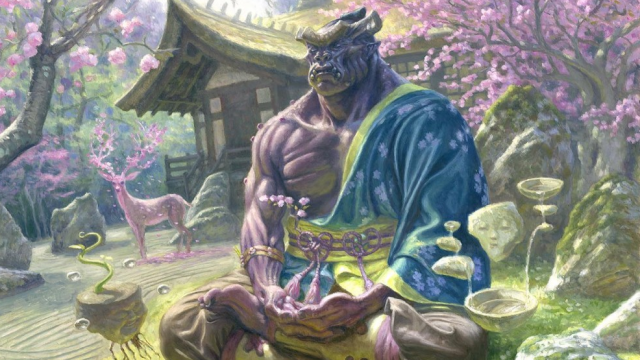
Just barely eeping out of the top nine is Commanding Presence, which lets you expend a superiority die to add it to an Intimidation, Performance, or Persuasion check.
This Tasha’s Cauldron concoction is fairly unique for the Battle Master, as it pushes it towards the direction of a Face character. Move over, Bard.
Battle Masters will almost never have the same Charisma as Charisma-based classes, but an extra d8 to a roll is never missed. This can make the Fighter into the Charisma character that the party needs, but should only be taken if there are no other options and you’re going to be the dedicated talker. Consistent proficiency in Persuasion or a high Charisma score will usually be better than spending your best combat tool out of fights.
Still, always nice to see a Fighter that can do things out of combat. Consider this for a neat pseudo-support build.
9. Quick Toss
Quick Toss allows you to, as a bonus action, draw and throw a weapon while adding a superiority die to the weapon’s damage roll.
For two-handed builds, this offers a viable option for ranged combat and an excellent bonus action. This is fairly high damage. A Javelin that hits at level three will deal around 2d8+3 damage, which is basically a Chromatic Orb at bonus action speed. You could also use a Net to attempt to restrain a target as a bonus action, which lets you have advantage for all attacks on your turn.
However, there are a lot of headaches to this feature. For one, you’ll probably have to do some item juggling. A sword-and-board character, for instance, might have to drop their weapon, chuck something, and then scoop the weapon back up. That can’t be done in all situations.
Also, thrown weapons can be difficult to incorporate into a melee playstyle. Nets have an innate disadvantage in melee without feats like Crossbow Expert and disadvantage outside of melee due to its pitiful range.
This is also one of the few ways to spend superiority dice without guaranteeing success. You have to spend the dice to make the attack in the first place.
Still, a bonus action attack is hard to find, so this is still a great feature.
8. Rally
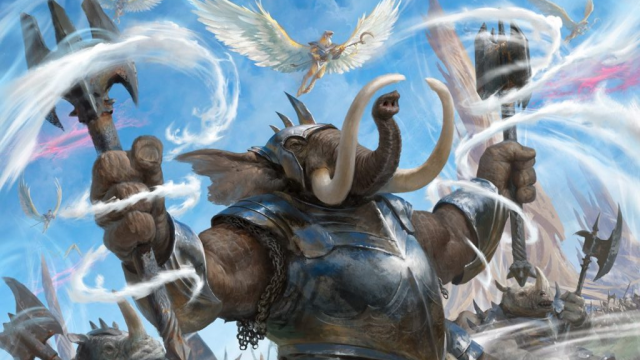
Rally allows you to, as a bonus action, roll your superiority die and grant temporary hitpoints equal to the roll plus Charisma to someone else.
Temporary hitpoints are very strong, preventing damage and throwing away the need for healing. Even a d8 can block enough damage to keep someone alive, no Charisma required.
Still, this probably should only be prioritized on a Battle Master that is somewhat interested in Charisma—A “pseudo-Paladin,” if you will. That gives extra consistency to the dice and makes high rolls more impactful.
The ability to give yourself a somewhat impactful bonus action is big for sword-and-board Fighters. Consider this even with low Charisma.
7. Ambush
Ambush is a fascinating option that lets you add your superiority die to a Stealth check or initiative roll by spending it.
Going first in a fight is a good idea for a Battle Master. Being able to immediately crowd control an enemy with something like Menacing Attack or just be in the face of the opposing caster puts you in control of a fight.
Stealth is typically less important, since Fighters like their heavier armor, but an extra d8 to d12 is nothing to sneeze at. A plus-four to plus-six on average is quite a lot.
Probably the most reliable way to spend dice out-of-combat, and a great choice, especially as you get a higher level and have more dice to spend.
6. Distracting Strike
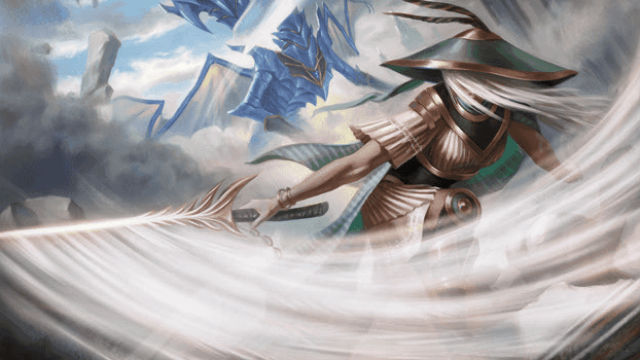
Distracting Strike deals extra damage based on your superiority die and allows the next attack roll against the target to be made at advantage.
This is a weird one. Like Guiding Bolt, it requires good party composition to be effective, since it’s just the next attack roll. Usually, the Fighter doesn’t need advantage on a single attack. Nor do classes like Monks.
You instead want the heavy hitters to come out when this effect is applied. This can be weapon attacks or spell attacks, so a Wizard’s Chromatic Orb or a Sorcerer’s Crown of Stars are viable ways to make this work.
If your party composition can abuse free, guaranteed advantage, this is a must-have. Otherwise, its usefulness wanes considerably.
5. Grappling Strike
Grappling Strike allows you to, after a hit, spend a superiority die and add it to a grappling check made as a bonus action.
Grappling is difficult in 5E. To make use of this maneuver, you need to access a free hand somehow. This usually means using a two-handed build or trying the unarmed Fighting Style.
But, in those situations, this can be an extremely dangerous position to put an enemy in. Grappling Strike and Silence is a great way to force a Legendary Caster into a deadly arrangement. It forces them to find an answer that is a teleport without a somatic component. Even if they do, that basically ends their turn.
Grappling, in general, is very annoying to deal with since it restricts movement considerably. If you knock them down with Trip Attack, you keep them prone until they can break the grapple—you can’t spend movement to stand up with zero speed.
4. Precision Attack
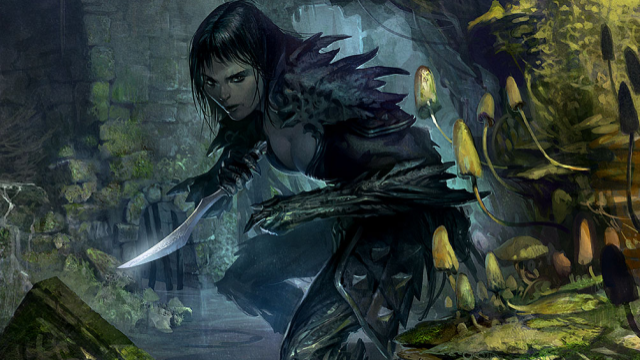
Precision Attack allows you to spend a superiority die and add it to you attack roll. You can do this after you roll your attack.
This requires a level of game sense and metagaming to make the best use of. However, typically, 5E is designed to let attacks land on a roll of about eight for creatures at about your power level. If you roll a seven and it’s a miss, Precision Attack is a pretty fair bet to make sure you land the hit.
This is especially good for builds that plan on dumping their attack rolls, such as those with Great Weapon Master or Sharpshooter. An extra d12 in the endgame basically completely negates those penalties, bringing you back to the 70 percent success range.
The sole problem with this one is that you can technically fudge the roll and lose the dice for free. But that’s hardly a problem. The opportunity to turn zero damage into upwards of 20-30 by endgame is crucial for the Fighter. This is also a great option for multiclassing classes that like huge, single-attack hits like Paladin or Rogue. However, Feinting Attack might be better for the latter.
3. Trip Attack
Trip Attack deals extra damage equal to your superiority die and then forces a Strength saving throw. On a failure, the target is knocked prone, as long as they are Large or smaller.
Prone is usually a fairly weak status condition, but this gives the Fighter the opportunity to guarantee success with the condition. You knock them down and then have upwards of three or four attacks in melee to hit them with advantage. That’s a big damage push opportunity, even if they can clear Prone for the low price of halved movement speed.
If the turn order goes well for you, your Druid or Rogue—or other melee warriors—can also prioritize on the prone state to deal high damage.
2. Riposte
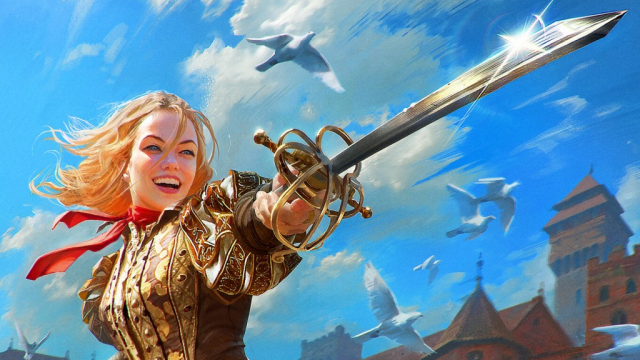
The Fighter doesn’t have many guaranteed reactions outside of opportunity attacks, but Riposte can change that. Riposte lets you spend a superiority die to attack a creature who misses you as a reaction. The die is added to the damage on a hit.
Punishing a miss is a huge opportunity. Fighters have exceptional AC most of the time, so they can dodge attacks relatively consistently. During gummy fights where monsters don’t feel like moving and just want to swing, the Fighter is desperate for a reaction.
Riposte is a great way to punish those gummy situations. On a miss, you could be doming your foe for 2d8+3—even more with Greatswords or Greataxes.
Like Quick Toss, this does expend your die before you know it’ll have a guaranteed effect, which is smart. But, also like Quick Toss, the opportunity to use every action, bonus action, or reaction you have on any given turn is worth the risk.
1. Menacing Attack
Menacing Attack is the best Maneuver for Battle Masters in DnD 5E. On a hit, you add your die to damage and force a Wisdom saving throw on the target. On a fail, they are Frightened for a turn.
This does everything a Battle Master could ever want. It deals high damage, it has no risk of missing dice, and it applies a strong condition. Frightened is usually best applied to a weapon user, since it debuffs ability checks and attack rolls, but it also prevents movement closer to you. By standing between the enemy and your squishy Warlock, you can better block your allies.
Menacing Attack replaces a few similar options like Goading Attack and Evasive Footwork. It’s so nice to have enemies who have disadvantage. Sword and shield builds for Fighter can get upwards of 26 AC, which is hard for many foes to hit on a single dice roll. Even Greatsword-wielding Fighters still get AC that can be obstructive for standard enemies.
This is a must-have option for your Fighter that is effective at all levels of play.


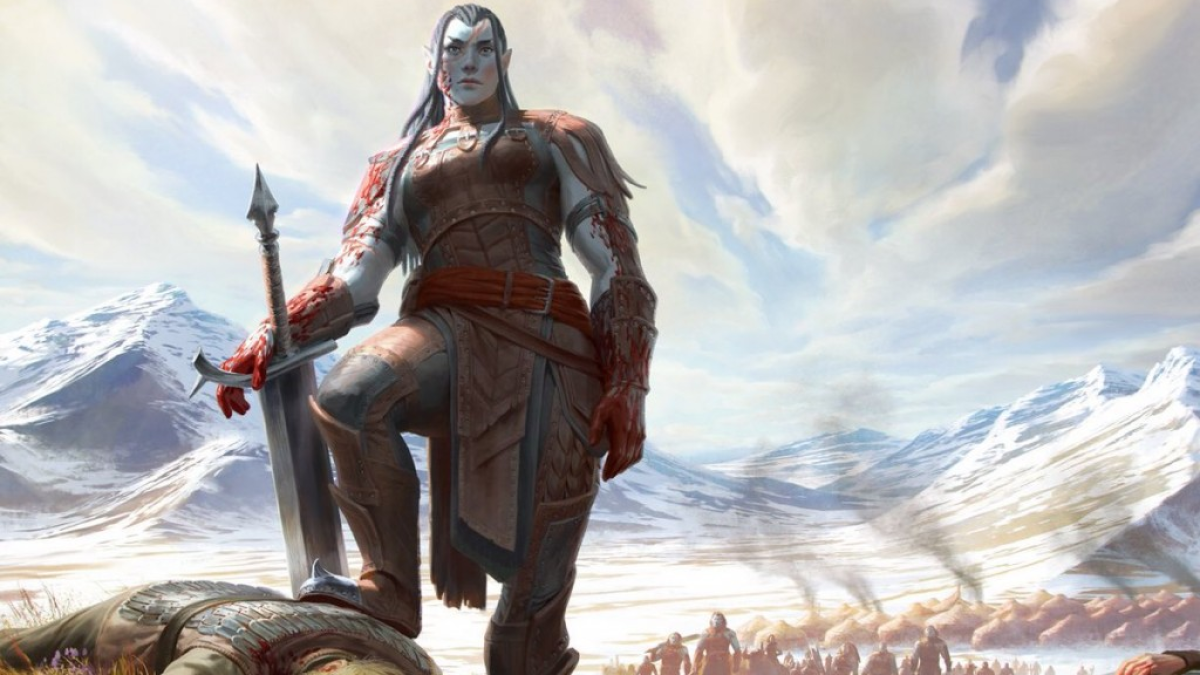

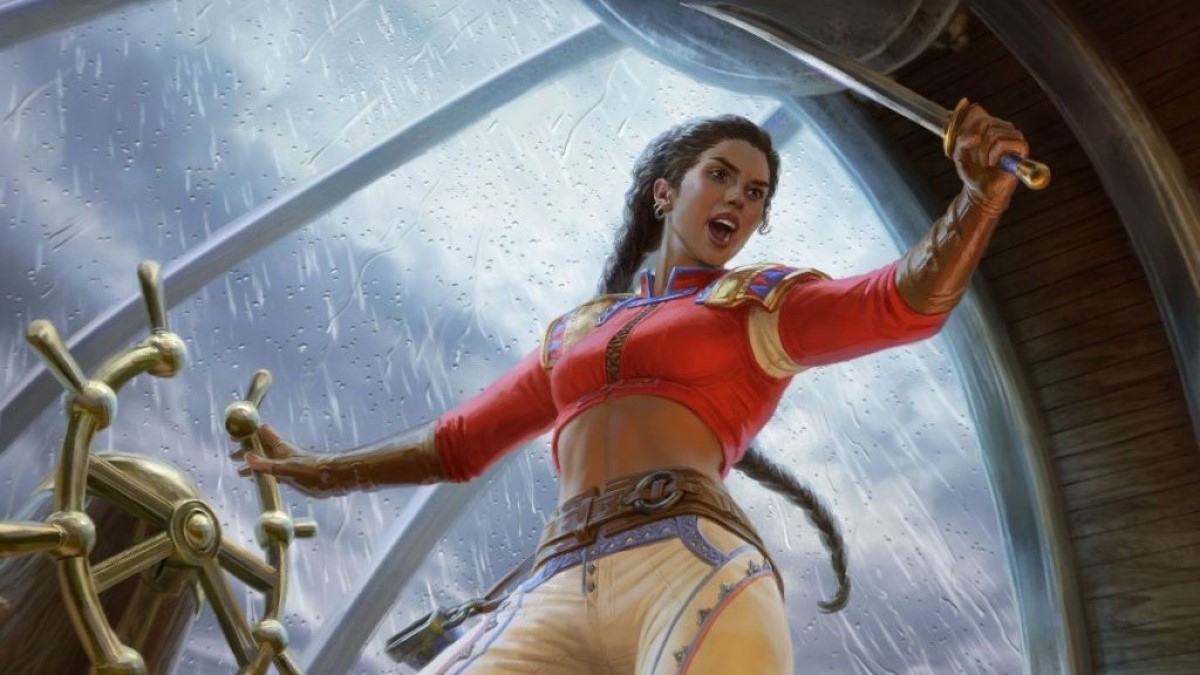
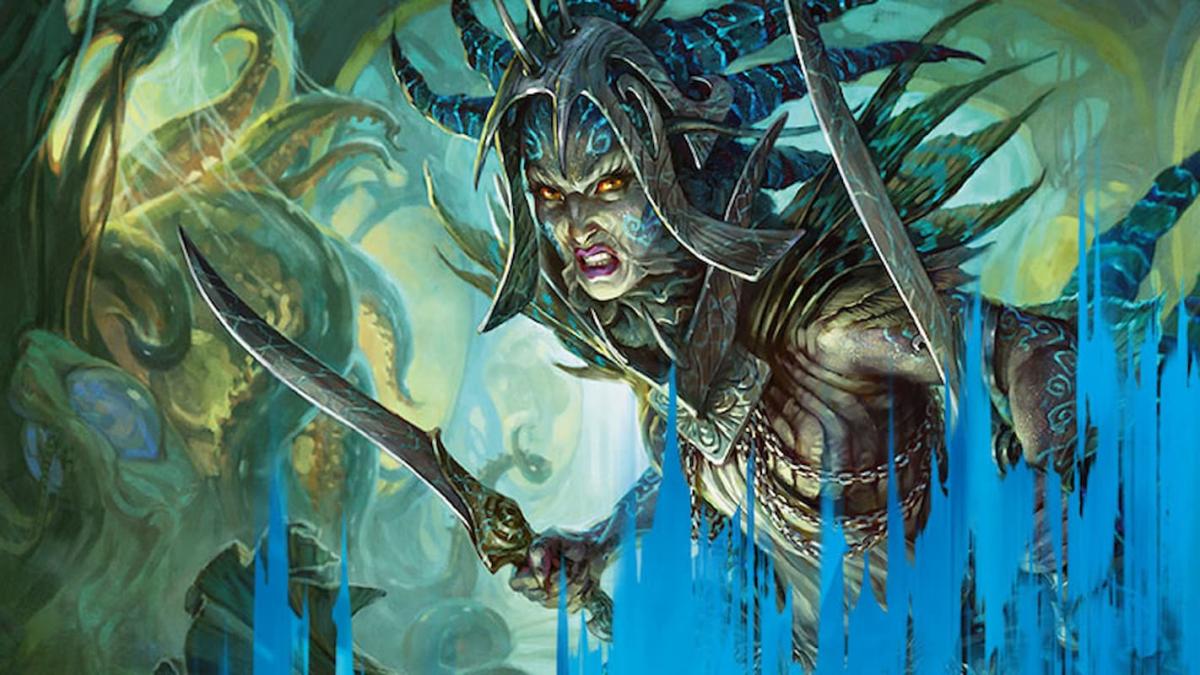
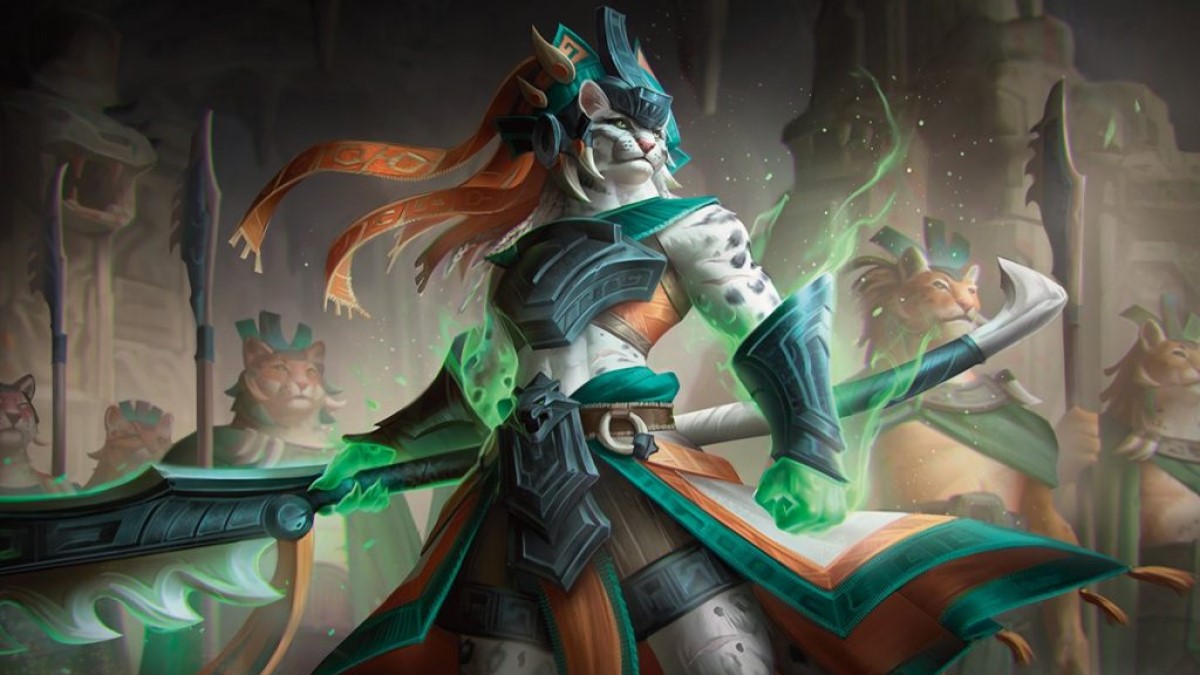
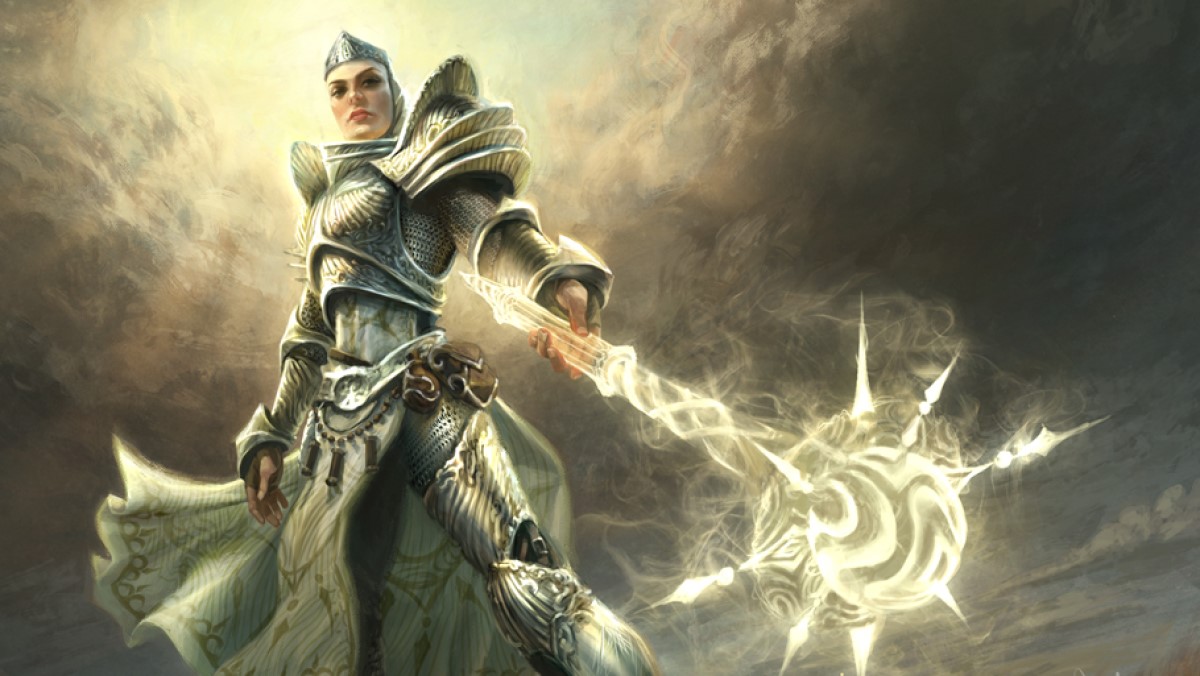

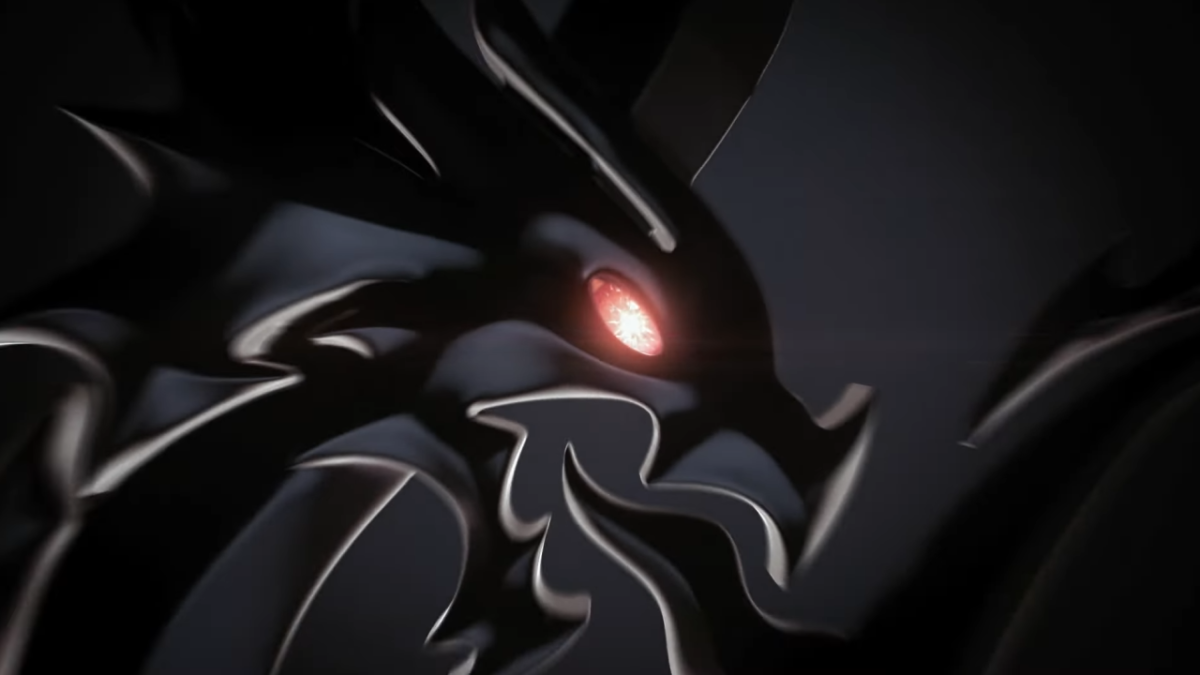

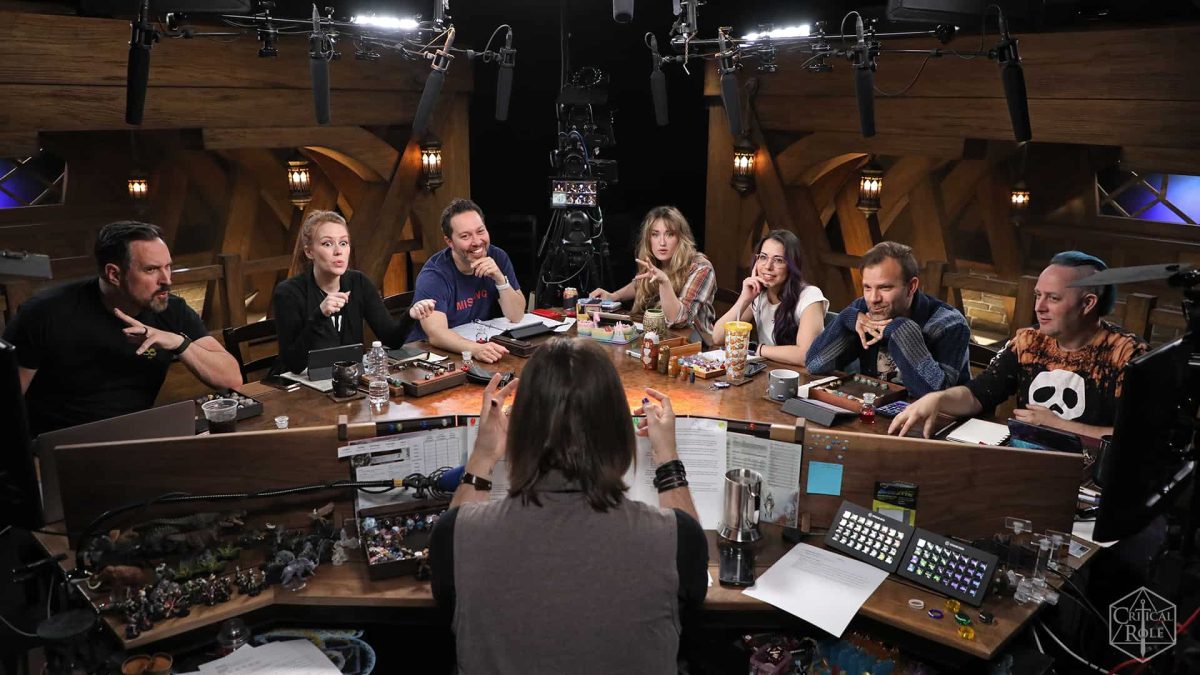
Published: Oct 15, 2023 12:40 am